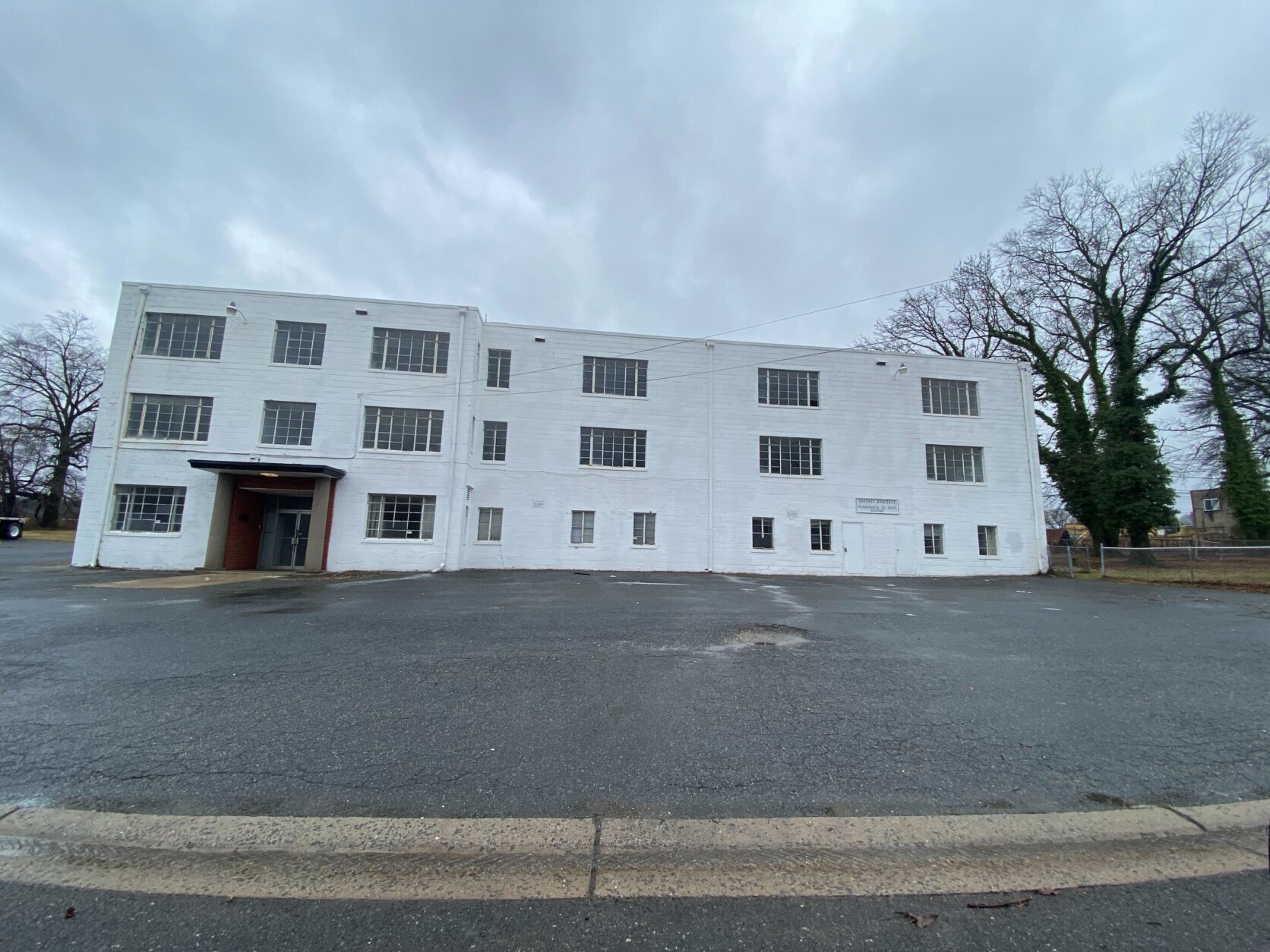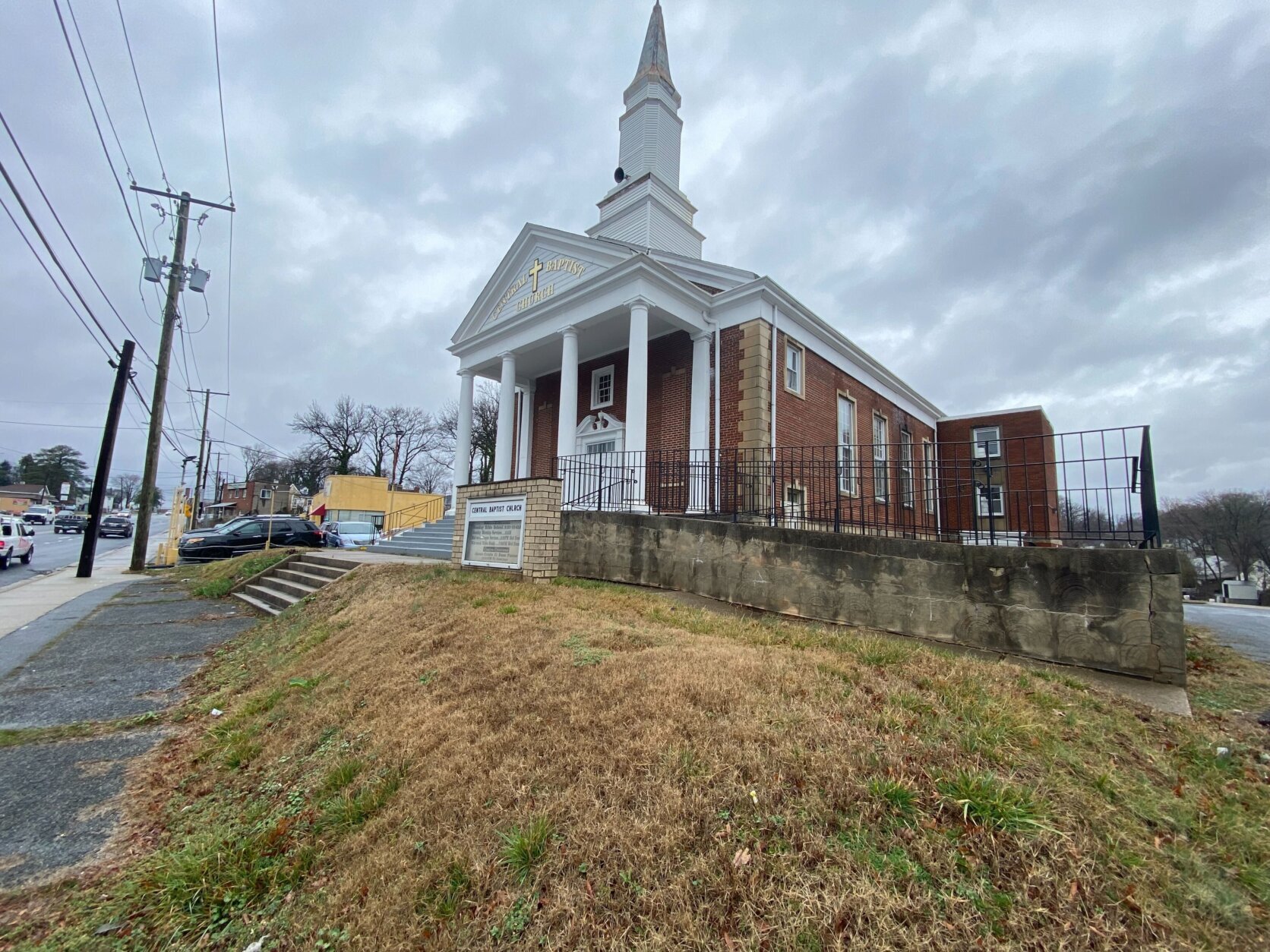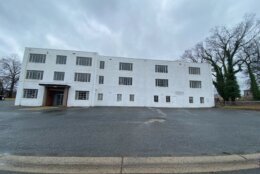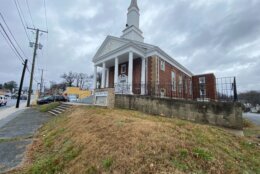



The Bladensburg, Maryland, location of a proposed shelter is easily accessible to bus routes, as well as grocery and convenience stores; but some who live in the neighborhood say they have concerns about the impact it could have.
Prince George’s County has been looking for a place to build a new homeless shelter for a long time. Three different sites are under consideration, including a vacant church that sits on the corner of routes 202 and 450.
“We have a town police force here that’s understaffed. There’s empty positions. Town staff is understaffed; empty positions there,” said Steve Whites, who has lived in Bladensburg for almost 50 years. “Our town can’t handle any more. We’re busy enough as it is, trying to maintain security here in the town and keep things running. A homeless shelter here would overload us. We’ve got our hands full already.”
Prince George’s County leaders stressed that nothing has been finalized yet, but residents said they haven’t heard from anyone in the county regarding their concerns.
Kristina Smith has lived in Bladensburg for 35 years, and she talked about a Howard County facility her late son spent time in. It offered treatment and counseling and an overall level of support that made a critical difference.
She admitted she could be convinced to support a shelter if similar resources and support will be offered there.
“We don’t know. Is it just a place to house people and then during the day, they’re just hanging around?” she asked. “That does not benefit them nor does it benefit our community.”
Bladensburg is only about one square mile in size, and the back of the church, where the shelter would theoretically be, backs up to residential streets and is adjacent to school bus stops.
“During the day … where are they going to go?” Whites said. “There’s no public restrooms here, and they’re just going to be loitering around the shopping center.”
In recent years, there was talk about buying the church and converting it into a new town hall, with community rooms for meetings, parties and other events.
“We want something that can … bring money to the town,” said Abdoul Diakite, who agrees with Whites. “This takes more from those funds that were given to us than it would actually bring us.”
He added that an influx of homeless residents could stress the town’s thin resources to serve other people.
“I don’t think the town has the means to do that,” Diakite said. “You have to give us the resources.”
Asked about the budding opposition last week, County Executive Angela Alsobrooks expressed frustration with the pushback, but she acknowledged residents might have concerns and other visions for the site.
“The sad thing about this subject, around homelessness, I can be very blunt about it, is that we have been trying to solve this issue around the county; and the issue is very clear: everybody loves poor people as long as they don’t live anywhere near them,” Alsobrooks said. “That’s literally what I have found.”
“Everyone says, ‘We really love and care about the poor, but can you tuck them away so I can’t see them?’” Alsobrooks said.
Town residents bristled at that accusation, citing work that was done during the COVID-19 pandemic and other events, which have targeted residents in an area that doesn’t have a lot of economic strength right now.
A statement from the group “Better Bladensburg Block by Block,” a civil group promoting economic improvement, said “The reality is that the town has been more than accommodating of needy populations. We have done our part, but we simply cannot afford to support another entity which would create additional demands on our schools and public resources.” The group further said:
“The Town of Bladensburg needs to lessen the tax burden on its homeowners badly. One way of doing this is by attracting enterprises that would produce tax revenue for the town. The Central Baptist Church (the site of the proposed shelter) is a prime location and, if used properly, could generate real revenue for the town.”
Alsobrooks expressed a willingness to work with the city about furthering economic development goals and revitalizing a town that has seen new life breathed into other nearby cities and towns, but hasn’t seen the same investments happen there yet.
“I will work with them to make sure we can achieve their goals,” Alsobrooks said, reiterating, “Everybody loves poor people for so long as you don’t have to live near any of them. And I think this is sad. I want to find a way to do both.”
She promised that a new facility wouldn’t just be railroaded into a community without engagement, and that’s the part that hasn’t happened yet.
“I really, on an emotional, mental, spiritual, intellectual point of view, I get it,” Smith said. “We haven’t heard anything. We haven’t heard anything.”








